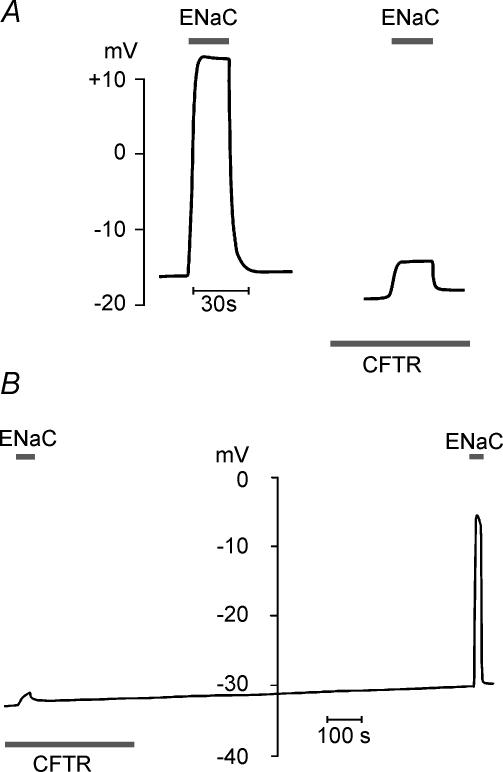Figure 4. Amiloride-induced voltage shift is modulated by membrane conductance changes.
A, when the hCFTR is inactive, rENaC activation by removal of amiloride (indicated by the bar labelled ENaC) depolarizes an oocyte in this example from −16 mV to +13 mV. Activation of the CFTR (by 0.5 mm IBMX + 10 μm forskolin, indicated by the bar labelled CFTR) yields slight hyperpolarization (to −19 mV), and subsequent activation of ENaC depolarizes the oocyte to only −14 mV. The trace shown is representative of seven similar experiments in which voltage-clamp measurements showed that ENaC conductance is not affected by CFTR activation. B, continuous voltage recording from another hCFTR/rENaC-co-expressing oocyte, where CFTR and ENaC were activated in a reversed order compared to A (i.e. CFTR was activated first, at the beginning of the experiment, and then inactivated). The data show increase of ENaC-related, amiloride-induced voltage shift after inactivating CFTR (washout of IBMX/forskolin), demonstrating reversibility of the effect.

